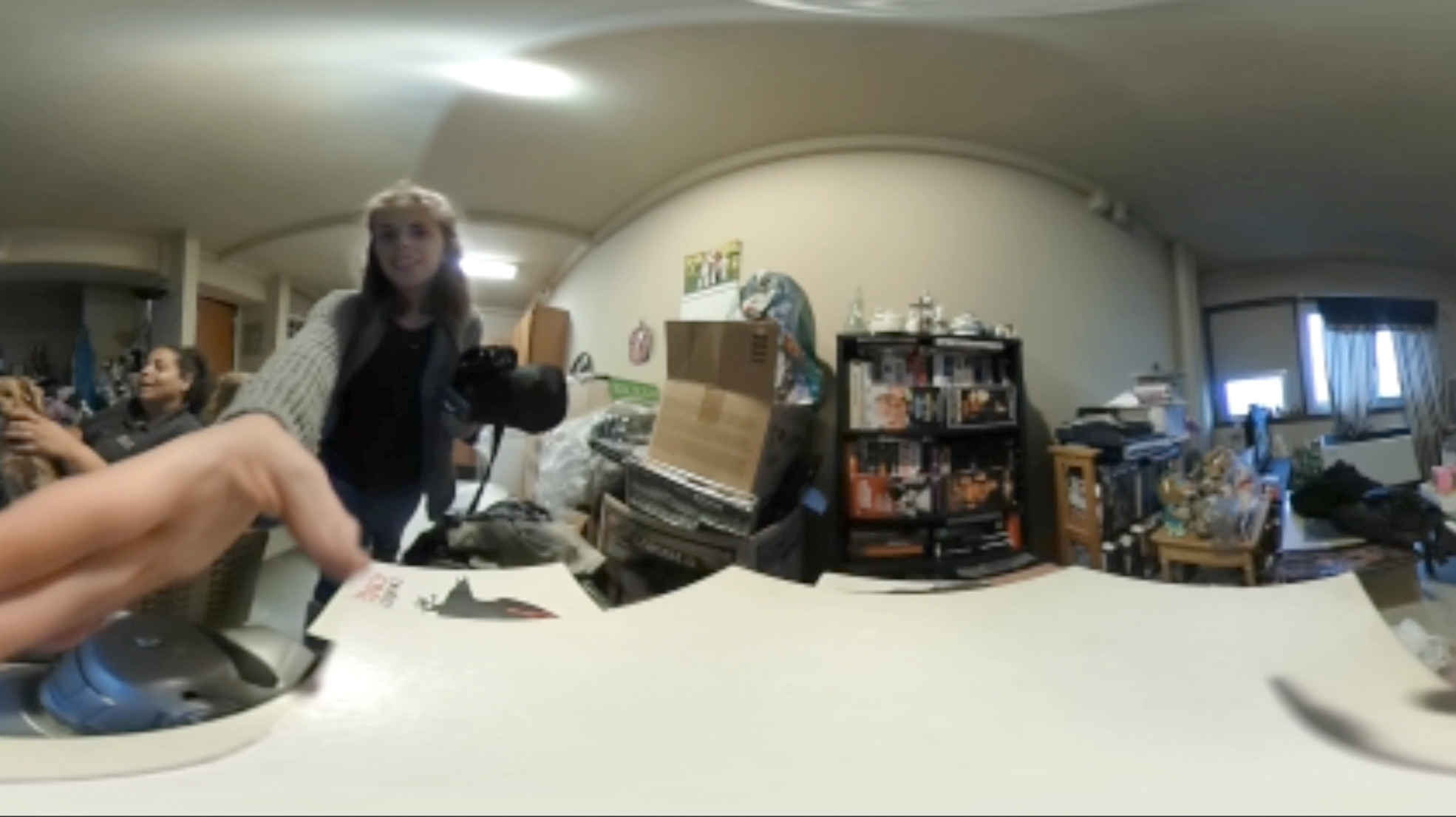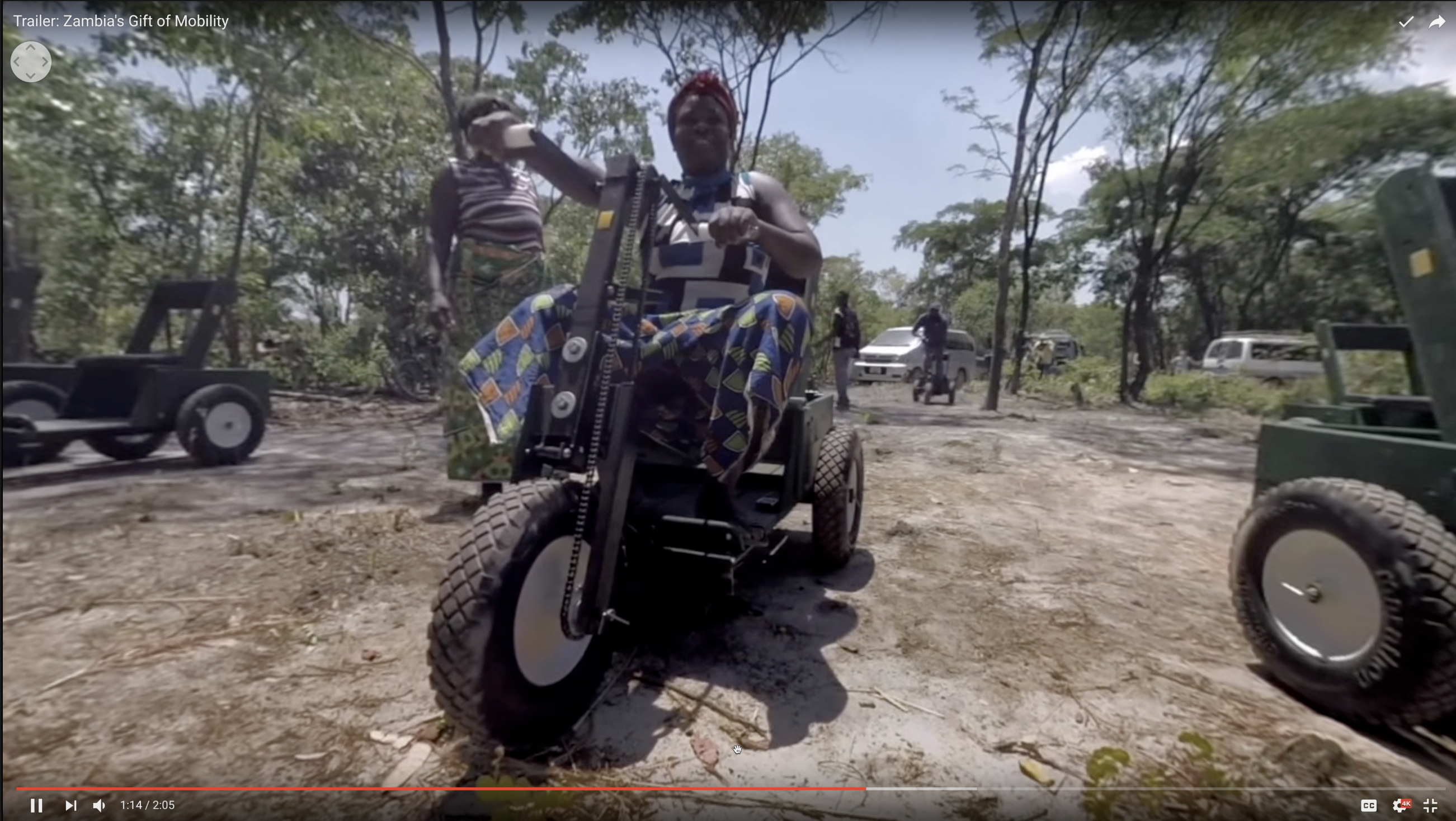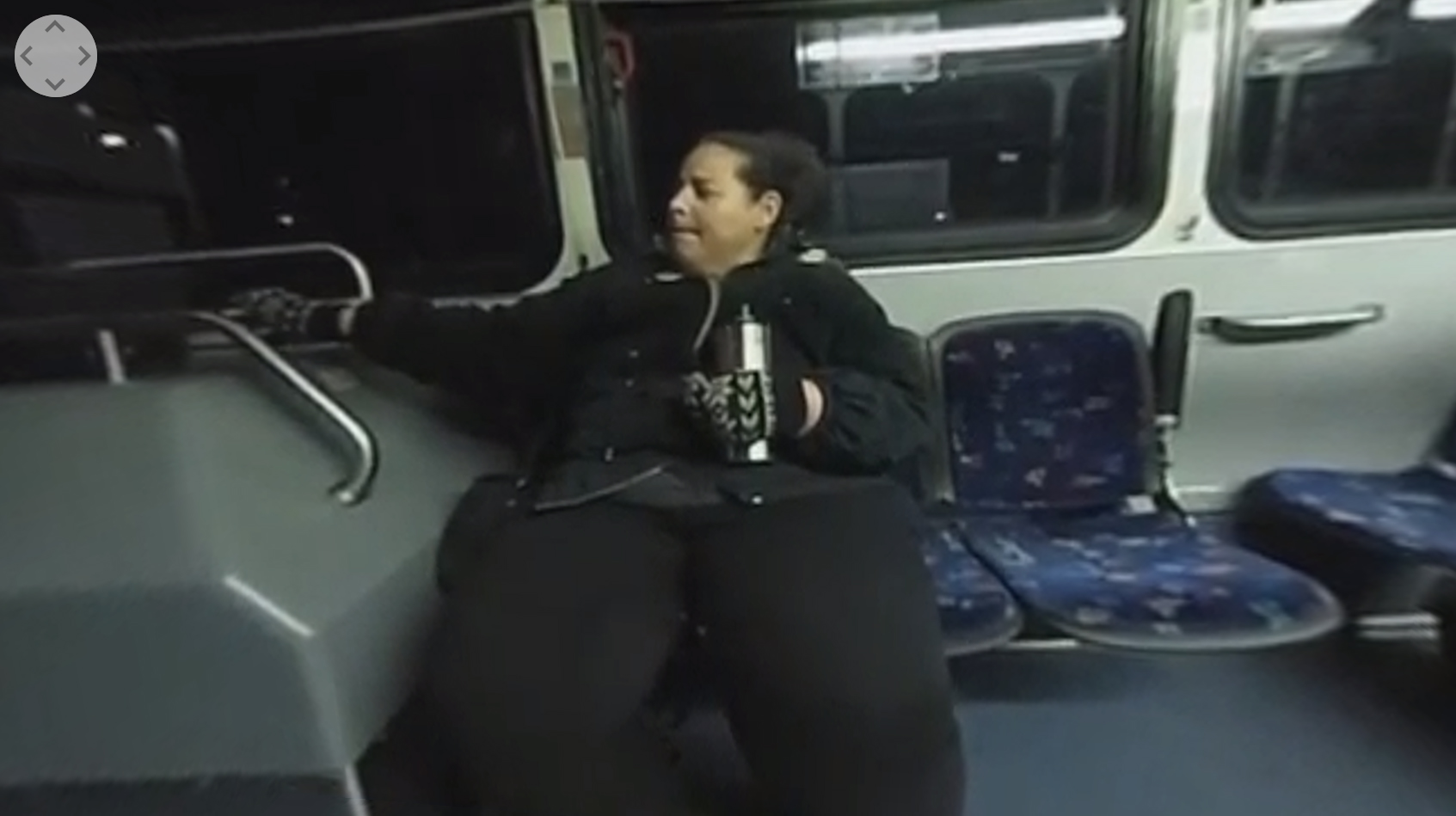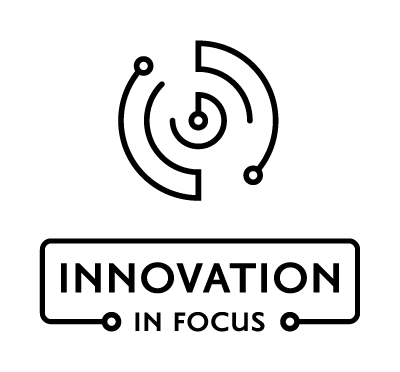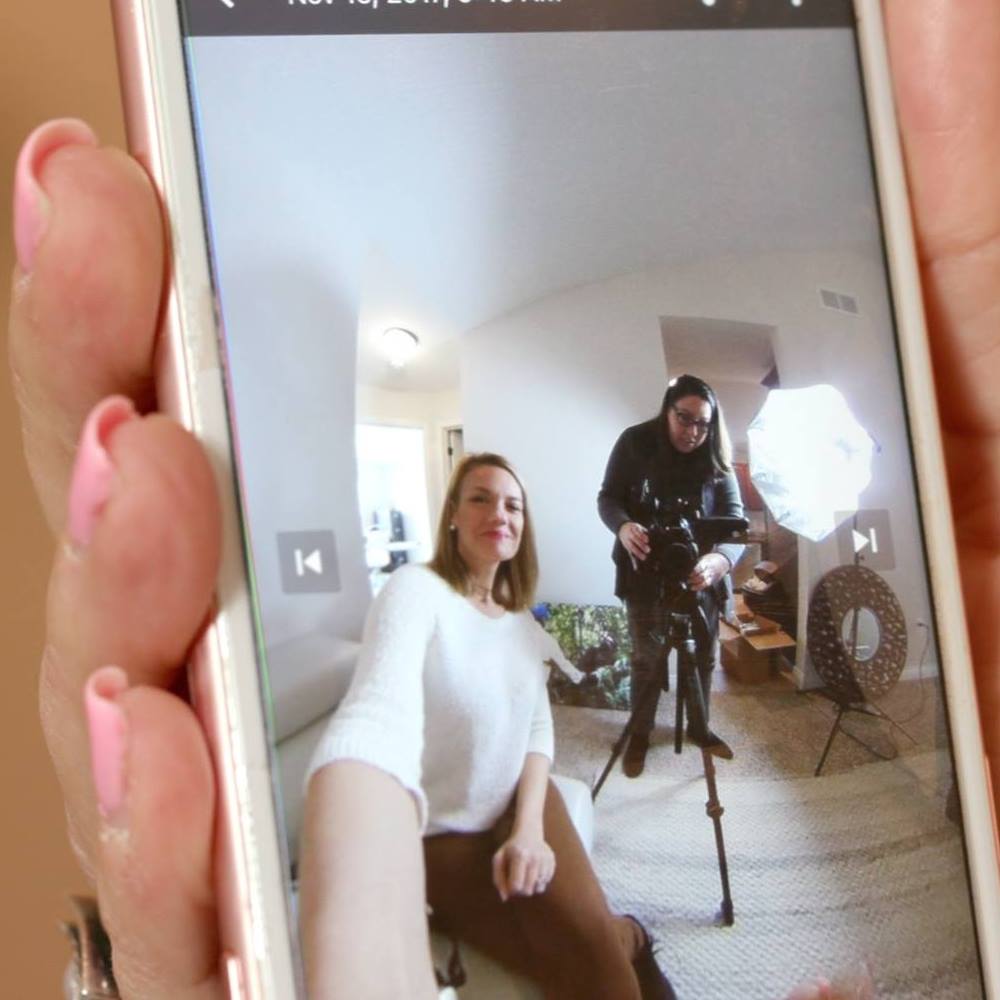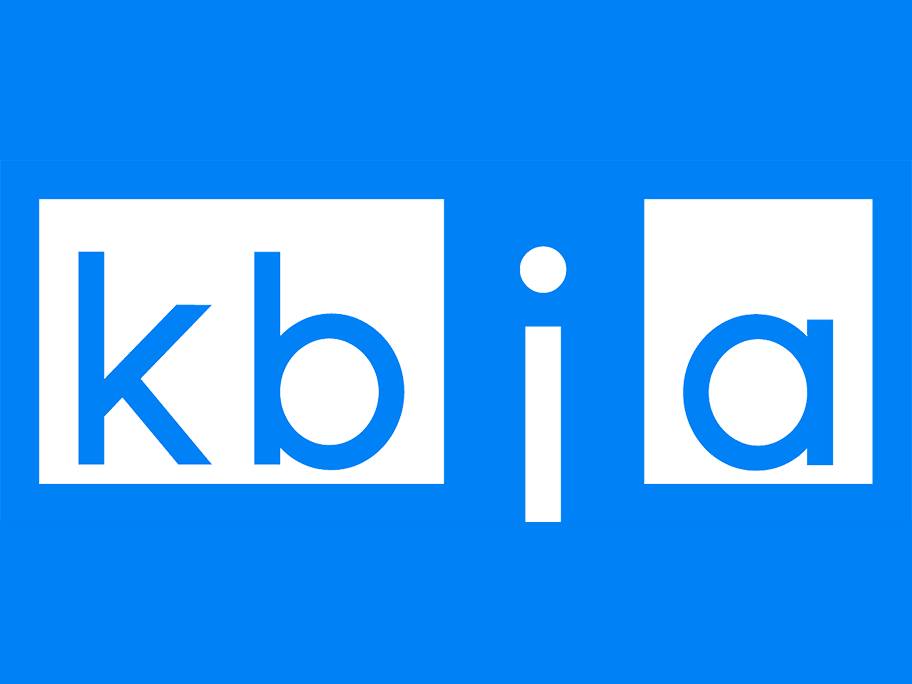
RJI news
Immersive Storytelling: Tools and tips
Here are five lessons learned from our time creating an immersive narrative story with a 360 camera 1. The viewer sees everything. When filming in flat video we control the frame and we direct the viewer. We shape the story by presenting a detail or an establishing shot or a portrait. In 360 video, the viewer sees everything … Continued
RJI Fellowship delivers digital services to publishers for local businesses
Individuals or organizations can apply for 2018-19 fellowships at the Donald W. Reynolds Journalism Institute through Jan. 31. During the application season, we will publish Q&As with a few of our past fellows to find out how the fellowships benefited their organizations and what advice they have for applicants.
There are three types of fellowships: institutional, nonresidential and residential. Learn more by visiting RJI Fellowships.
Immersive Storytelling: Why it’s powerful
Sarah Hill, CEO and chief storyteller at StoryUp, speaks about the power of immersive storytelling for journalism and the tools she thinks would be the best fit for newsrooms on a budget.
Immersive Storytelling: Ruthy Chapman
Ruthy Chapman is a Columbia, Missouri, resident who had to adjust her commute after her city bus line was cut in 2017. Instead of catching a regular bus connection each day, she has to call in advance for a van shuttle to pick her up at her old bus stop to get her to work.
Using facts, not fact-checking, to fight fake news
Editor’s note: Starting next week “Science Friday” will launch a series of resources that they’re calling Science Facts. These resources offer short, shareable facts about scientific issues that are controversial in the general public but are settled for scientists. “Science Friday” produced these resources during a fellowship project at the Donald W. Reynolds Journalism Institute. I was recently … Continued
New ‘Innovation in Focus’ series will show journalists how to tell stories using emerging tech
The proliferation of new storytelling technologies can overwhelm journalists as they wonder which tools are worth the investment of time and money. Even the time to investigate can be a drain on budgets and staffing. A team at the Donald W. Reynolds Journalism Institute’s Futures Lab is stepping in to help with its new video … Continued
Announcing a new video series for journalists
Every newsroom is facing the ever-increasing challenge of engaging readers within a digital format. Though great journalism will always be vital, how it is presented as technology progresses has already begun to evolve. As newsrooms experiment we’re seeing everything from amazing testimonial video projects to interactive presentations that include photo, video, games and the written story — all in one online package. In … Continued
Newsrooms join Trusting News work
Originally published on Medium More than 30 newsrooms are making an investment in discovering how best to demonstrate credibility and earn trust by coming on board the Trusting News project. For four months, they’ll commit to regular experimentation across seven trust-building strateiges. A handful of newsrooms have been testing since November, and many more are … Continued
Events promote community engagement for news organizations of all sizes
Editor’s note: This article is part of a continuing series written by Missouri School of Journalism students about their senior capstone projects.
New POYI director Lynden Steele comes to RJI from St. Louis Post-Dispatch
Pulitzer Prize winner and Missouri School of Journalism alumnus Lynden Steele will be the next steward of the most prestigious photojournalism contest in the world, the Pictures of the Year International competition. Steele’s appointment, which begins Jan. 8, was announced today by Randy Picht, executive director of the Donald W. Reynolds Journalism Institute. He’ll take … Continued
